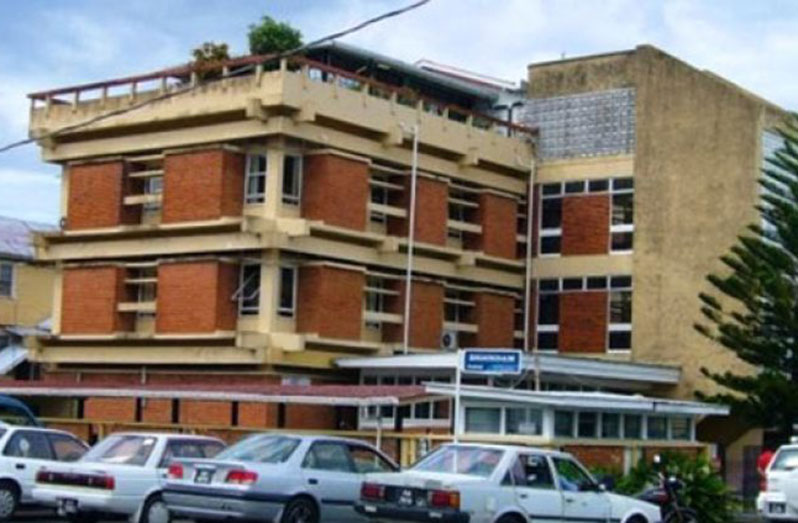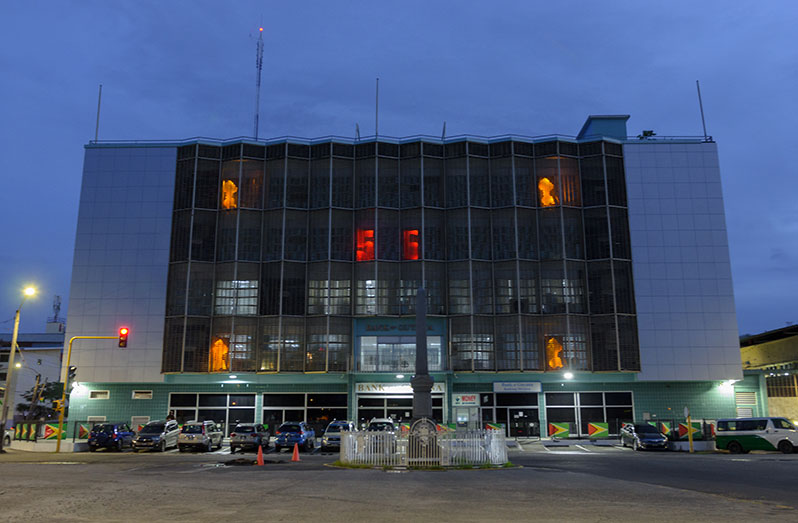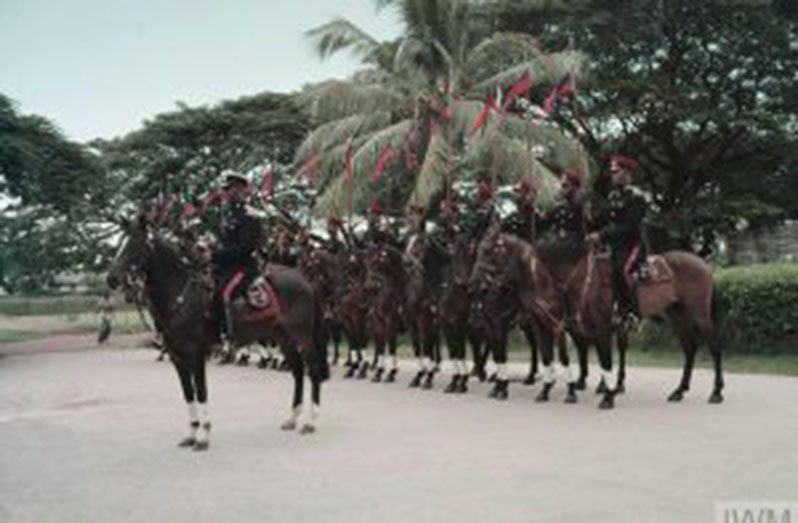–a look back at the establishment of pillars of development that exist to this day
IT has been just about six decades since Guyana attained its instruments of independence from Great Britain, and while the events leading up to this historic moment paved the way for the ‘home’ that we know and love today, it was the events that followed thereafter that saw Guyana being the great independent nation it is.
With Guyana becoming an independent nation officially on May 26, 1966, a lot of changes were made, one of the most significant being a national “deed poll” which saw the name British Guiana being changed to Guyana, and later to the Co-operative Republic of Guyana, in 1970.
As the country turned the page to start its new chapter, it also adopted its own flag, National Anthem and many other symbols. Along with these changes also came the introduction and building of a new economy, starting with the establishment of several institutions which are still standing to this day.
And while they are far too numerous to mention, the Guyana chronicle seeks to highlight the progression of a few of these institutions.
THE NATIONAL INSURANCE SCHEME
Birthed in September 1969, the National Insurance Scheme came into being as part of the National Insurance and Social Security Act of that same year.
The 52-year-old agency was established three years after Guyana gained independence from Britain, in May, 1966

At the heart of this scheme is a system of social security which provides monetary payments to contributors for old age, invalidity, survivor’s, sickness, maternity and funeral benefits.
In an interview prior to his death in 2016, former General Manager of NIS, Patrick Martinborough, had said that, when the scheme was established, there were only two national schemes in the Caribbean, and those were in Jamaica and Barbados.
However, the Guyana Scheme was the first of its kind relative to its level of supervision and control, since the others were mere departments of government while the local scheme was the first to be managed by an independent board.
The NIS also earned the status of a training centre and was used by the International Labour Organization (ILO) for that purpose.
THE GUYANA POLICE FORCE
One of the oldest institutions in the country, the Guyana Police Force, was established on July 01, 1839 and while it was around before independence, it was refashioned, not only through uniform and name but also with ranks.
The then British Guiana Police Force was established with 245 ranks represented by three Inspectors, 25 Sergeants, 25 Lance Sergeants and 192 Privates. The Chief Administrator of the Police Force at that time was termed a Sheriff, who was subsequently named Commissioner.
According to an article published by the Police Force in 2018, the development of the Guyana Police Force can be traced through the following stages: Police idea in the country since the Dutch occupation; the Dutch system continued after the British took possession in 1803; the Board of Police for Georgetown was formed in 1812; outlying districts were provided with police settlements under the supervision of a Sheriff in 1834 and then the force was enlarged.
Further, the word constable was introduced in 1836; the force properly organised and put under the control of an Inspector-General in 1839; the present numbering system was introduced in 1855; the force became semi-military in 1891; the Mounted Branch was formed in 1905; title of officers changed in 1938; appointment of first Assistant Superintendent from the ranks was made in 1944; further changes of titles were made in 1950 and the Police Federation was created in 1950.
Moving closer to independence, the Police Women Branch was formed in 1953; the Police Training School detached from Depot in 1956; the Police Ordinance was amended and consolidated in 1957 and police dogs were introduced to the force in 1960.
The duties of the police were solely to bring to justice all persons charged with or suspected of murders, robberies, thefts of all description, and to suppress and prevent tumults, riots, brawls, outrages and disorders and all other offences.
The Guyana Police Force in an independent Guyana has been completely revolutionised. Three training colleges have been established to train policemen and policewomen in every aspect of policing.
To broaden their expertise, they are sent on overseas training in areas such as police administration, general police operations, senior command course, among others.
Police personnel are attached to a number of specialised departments and sections namely the Criminal Investigation Department, Photographic Section, Forensic Department, Immigration Department, Traffic Department, Communication Section, Museum, Mounted Branch, Canine Section, Felix Austin Police College, among others.
THE BANK OF GUYANA
Established by virtue of the Bank of Guyana Ordinance No. 23 of 1965, the Bank of Guyana commenced operations on October 16. 1965, some seven months before the country gained its independence.
The early establishment of the bank was said to be prompted by an agreement of the U.K. Government (acting for the still colonial members of the British Caribbean Currency Board [BCCB] and the Trinidad & Tobago Government), for the dissolution of the BCCB by mid-1967 and the cessation of issuance of currency after 1965.
Established as an ‘autonomous institution’ with headquarters in the capital city of Georgetown, the bank’s principal objectives were and still are grounded in the context of the economic policy of the Government. The bank is guided in all its actions by the objectives of fostering monetary stability and promoting credit and exchange conditions conducive to the growth of the economy of Guyana.

Apart from specifying the administrative and management arrangements for the bank, the Ordinance, inter alia, decreed the bank to have the sole right to issue and redeem notes and coins, act as banker to the commercial banks, act as fiscal agent and trustee of and banker to the government and administer payment agreements entered into by the government.
The Ordinance establishing the bank was revised and became the Bank of Guyana Act CAP: 85:02. This Act was further revised in 1995, 1998 and in 2004.
The latter revisions significantly enhanced the role and purpose of the bank within the framework of Guyana’s economic and financial system. Additionally, they imparted greater autonomy to the bank in terms of its constitution, administration and operations.
Since its establishment, the bank has unassumingly laid the foundation for the economic growth of Guyana notwithstanding the many challenges. It has provided leadership to the financial system and the public sector in general, under difficult situations at times.


.jpg)











